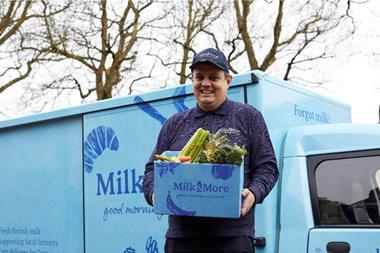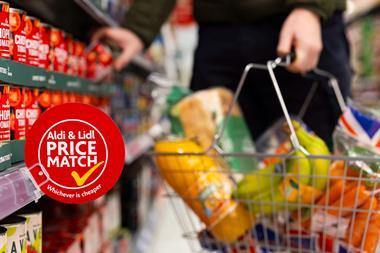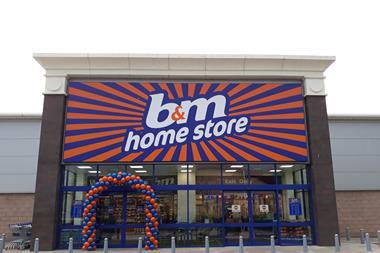
Any amount of traditional consumer surveys will say the same thing: everyone feels concern about the cost of living crisis.
In these surveys, respondents will be given a list of potential responses to the cost of living crisis, and will rank those sensible behaviour changes by likelihood. Yes, they think sensibly, it is very likely I will cut out takeaways or reduce the number of streaming services I use.
But the say-do gap is as evident in a cost of living crisis as it is anywhere. Understanding the rational response to lower disposable income often won’t get to the heart of the problem, because we are irrational beings. New research that uses behavioural science to uncover the feelings that consumers usually hide provides brands with a different picture that can help them create effective pricing strategies.
The cost of living crisis is an emotional crisis. Across both low and high-income households, fear and anxiety are the key drivers of behaviour change. However, at the same time, consumers are resistant to lifestyle changes that will impact their perceived quality of life.
While many might say they’ll cut the weekly takeaway, once you dig into their unconscious, you’ll find actually they’re far more likely to switch to cheaper retailers, move to cheaper brands, or hunt for discounts and savings before they stop their weekly treat.
Retailers can’t solve anxiety, worry or despair with a financial strategy. So we’ve uncovered several key strategies that will help brands offer three counter emotions: anticipation, victory and reassurance. These will show customers that brands are on their side in overcoming the emotional challenges of the crisis, and will help brands win loyalty.
Our research with 1,000 shoppers across the UK has demonstrated that shoppers across demographics are looking for good value – but this does not only mean lower prices. While price is an important component of value, quality and satisfaction are also strong components.
The challenge is, those attributes are harder to make visible prior to purchase. Only after a successful product experience do shoppers look back and think “that was good value after all”. You can overcome this barrier through packaging and point of display techniques. Tell the right positive story and you can bring forward that sense of satisfaction, and in turn good value, from the future into the present moment.
Of course, we all know prices are going to have to increase. So how can you do that and still provide an emotional payoff?
Testing a number of different fixed, variable and pack size-based pricing strategies, we’ve found that most successful is a mixed approach. Use the Goldilocks effect: small increases in cheap and expensive products, with a bigger rise in the middle ground, combined with strategic price freezes and discounts in other places can help retailers actually increase the number of purchases and revenue in each basket.
Discounts are not just about saving money. The discount, saving, or unexpected bargain is an emotional victory for the customer, providing a sense of achievement. In that one moment where they place the price-frozen teabags or the 33% discounted Ribena into their basket, they have won a victory against the emotions of fear.
This emotional momentum will carry the shopper across categories or purchases where prices have had to increase. So, if you have good shopper behaviour data, you can apply a mixed strategy across products often purchased together to overall boost basket revenue size.
Our own data has found, ultimately, if a consumer is prepared to switch to own brand when a branded product’s price goes up, they will do so no matter whether the price increase is 5% or 20%. Those who will stay with branded products after an increase have a very high price resiliency. So, if you were planning on small incremental price increases on branded products, you might as well go further, and make up for the lower volumes with bigger margins.
The cost of living crisis is not just a rational and financial crisis, it’s an emotional one. But it can be managed, and in such a way as to actually increase revenue per basket, increase perceptions of loyalty, and foster increased emotional engagement with your brand.



















No comments yet